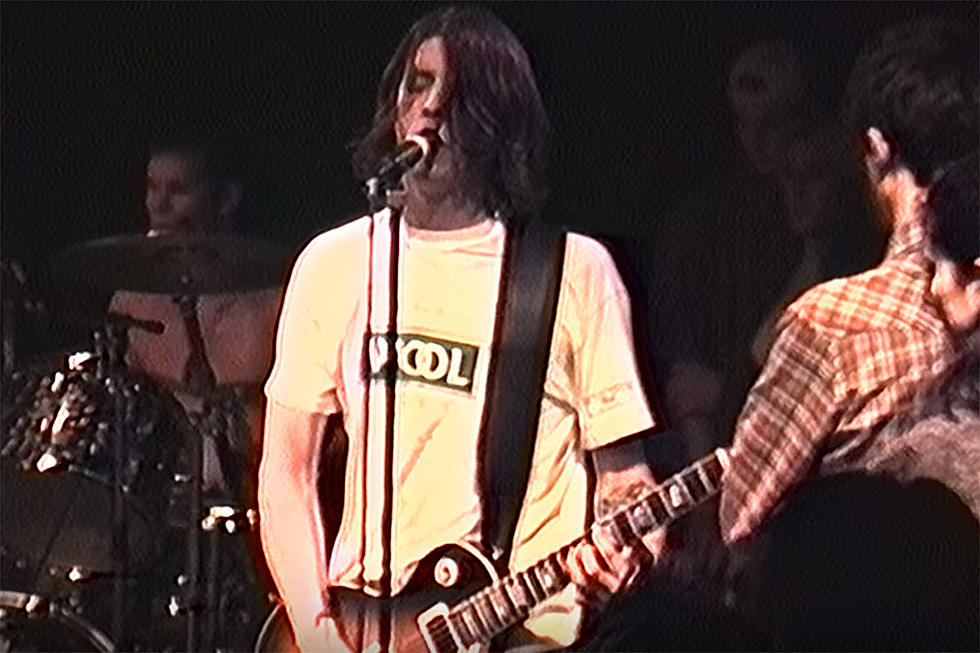
Rolling Stone’s Boston Marathon Bomber Cover: Sound Journalism or Publicity Grab?
Yesterday morning, #RollingStone was a trending topic on Twitter.
A quick click of the hashtag revealed why the music magazine was all over the social media forum: The powers that be at the publication -- most likely editor Jann Wenner, who has final sign-off on everything that goes to press -- had put a picture of accused Boston Marathon bomber Dzhokhar Tsarnaev on the latest cover. The controversial image accompanies a gripping, in-depth cover story by Janet Reitman.
"Gripping” is an appropriate descriptor because, like most of the non-music journalism printed in Rolling Stone these days, the story reads like a movie script, complete with pseudonyms for interviewees, comments from experts of all types, a third-person omniscient narrator (Reitman and her editors) and a recap of every minute detail leading up to the fateful day of the bombing.
“The cover story we are publishing this week falls within the traditions of journalism and Rolling Stone’s long-standing commitment to serious and thoughtful coverage of the most important political and cultural issues of our day,” reads a note from the editors on RollingStone.com. Right up front, you know where Rolling Stone stands on investigative journalism. They take it dead seriously.
How the rest of us out here in Simpletonville do, however, is another thing altogether.
Pervasive in the piece -- and many others that run in the magazine -- is what you might call the Rolling Stone Holy Trinity: sex, drugs and rock 'n' roll, which are mentioned wherever and whenever possible. For example, in one spot, Reitman tells us Tsarnaev’s mother “wore her dark hair like Pat Benatar.” The younger Tsarnaev brother is described as a major pothead.
So what’s the big issue?
For one, Rolling Stone has for years been trying to live two lives. They strive to be the last of the great print music magazines and a credible newsroom -- one that reports on international news and topical domestic issues such as marijuana legalization. Occasionally, they make news themselves with gotchas about American generals acting badly.
And to that point, they’ve made a concerted effort to offer top-notch journalism from the world's best writers -- Reitman not excluded. If you read her article, you can’t dismiss it as bad writing. It’s really quite an amazing piece.
But why put an accused terrorist, who took part in killing and maiming innocent Americans, on the cover of the Rolling Stone? It looks an awful lot like a publicity stunt from a print publisher trying to stay relevant in the digital age -- something RS has hardly excelled at. Is that wrong and in poor taste? Probably.
Rolling Stone knew social media forums like Twitter would immediately light up with reactions, both good and bad, from people who hadn't yet read the entire piece. (It’s too long for people’s short attention spans.) That, of course, sent a ton of traffic to the Rolling Stone website.
But “amazing journalism” is not what tweeters, advertisers and magazine sellers seem to be reacting to. It’s the sheer message of putting that kid out front -- glorifying, even honoring, his image on one of America’s most iconic magazine covers. It's a cover that has featured John Lennon, some dude holding Janet Jackson’s bare breasts and Jennifer Aniston’s naked ass. It's a sacred place, in other words.
As Reitman notes early on in the story, Dzhokhar Tsarnaev scrawled numerous messages on the walls of the boat where he was eventually captured, one of which read, “you hurt one, you hurt us all."
That seems to be an apt message for Rolling Stone.
More From Diffuser.fm









